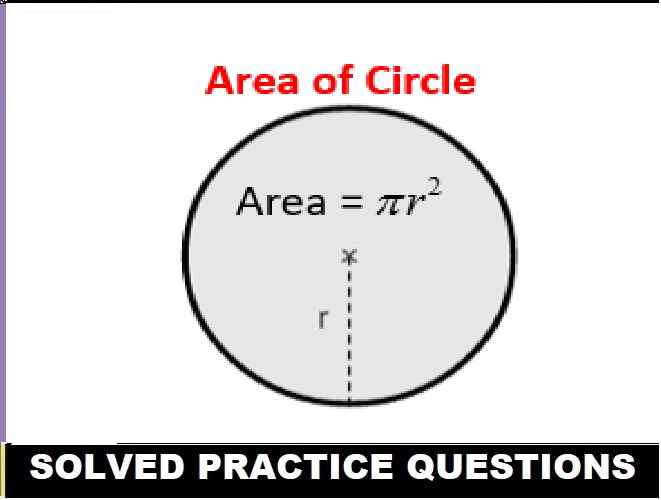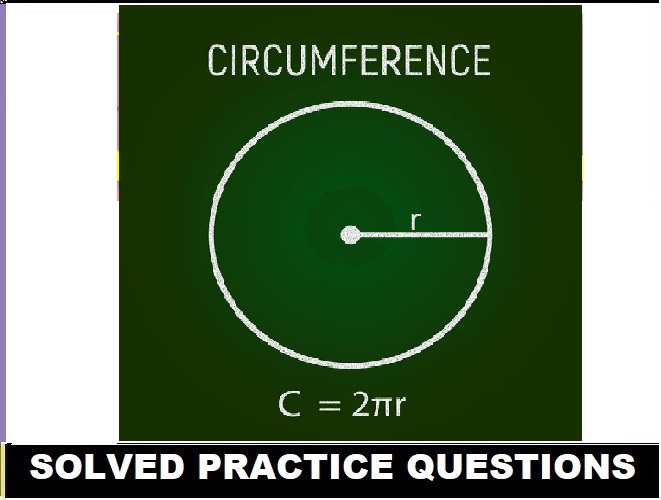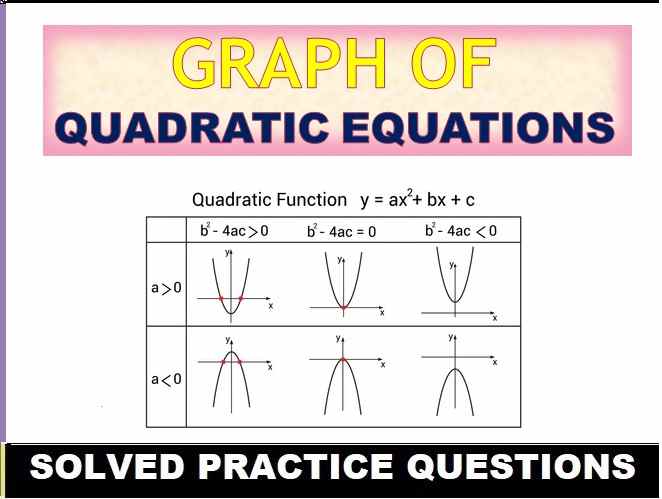Matter ICSE Class-8th Essential Chemistry Solutions Ch-1 Bharti Bhawan Publishers. We Provide Step by Step Answer of Objective, True False , Match the following , Short / Long Answer Type of Exercise-1 Matter . Visit official Website CISCE for detail information about ICSE Board Class-8.
| Board | ICSE |
| Publications | Bharti Bhawan Publishers |
| Subject | Chemistry |
| Class | 8th |
| Chapter-1 | Matter |
| Book Name | Essential |
| Topics | Solution of Objective, True False , Match the following , Short / Long Answer Type Questions |
| Academic Session | 2021-2022 |
Matter ICSE Class-8th Essential Chemistry Solutions Ch-1 Bharti Bhawan
Exercise Short-Answer Type Questions
Page- 5
Question 1
What are the three states of matter?
Answer :
three states of matter are Solid, Liquid and Gas
Question 2
Arrange solids, liquids and gases in order of increasing intermolecular space.
Answer :
solids, < liquids < gases
Question 3
Arrange solids, liquids and gases in order of increasing intermolecular force.
Answer :
Solids,> liquids > gases
Question 4
What will happen to the kinetic energy of a particle if it is heated?
Answer :
increase
Question 5
What gives rise to the pressure of a gas?
Answer :
An increase in the number of gas molecules in the same volume container increases pressure. A decrease in container volume increases gas pressure. An increase in temperature of a gas in a rigid container increases the pressure
Question 6
In which state of matter do the particles move the longest distances?
Answer :
Gas
Exercise Long-Answer Type Questions
Page 6
Question 1
Explain the melting of a solid on the basis of the kinetic theory.
Answer :
On increasing the temperature of solids , the kinetic energy of the particles increases. Due to the increase in kinetic energy , the particles start vibrating with greater speed. The temperature at which a solid melts to become a liquid at the atmospheric pressure is called its melting point
Question 2
Explain the evaporation of a liquid on the basis of the kinetic theory.
Answer :
According to Kinetic theory, molecules of liquid are in a state of continuous random motion. .Such molecules would move around freely in the space above the liquid. This is the phenomenon of evaporation which may occur at all temperature
Question 3
Explain the liquefaction of a gas on the basis of the kinetic theory.
Answer :
he molecules in a gas are in continuous motion, when the temperature of the gas is reduced, it liberates heat, so the molecules come closer to each other and hence it is transformed into its liquid state. This whole process is known as liquefaction of a gas
Question 4
Explain the freezing of a liquid on the basis of the kinetic theory.
Answer :
As a liquid is cooled its molecules lose kinetic energy and their motion slows. When they’ve slowed to where intermolecular attractive forces exceed the collisional forces from random motion, then a phase transition from liquid to solid state takes place and the material freezes.
Question 5
State the law of conservation of mass.
Answer :
The law of conservation of mass states that in a chemical reaction mass is neither created nor destroyed. The carbon atom changes from a solid structure to a gas but its mass does not change. Similarly, the law of conservation of energy states that the amount of energy is neither created nor destroyed
Question 6
Describe an experiment which proves the law of conservation of mass.
Answer :
Experimental Verification of Law of Conservation of Mass
Requirements: H-shaped tube called Landolt’s tube, Sodium chloride solution, silver nitrate solution, etc.
Procedure: A specially designed H-shaped tube is taken. Sodium chloride solution is taken in one limb of the tube and silver nitrate solution in the other limb as shown in figure. Both the limbs are now sealed and weighed. Now the tubes is averted so that the solutions can mix up together and react chemically. The reaction takes place and a white precipitate of silver chloride is obtained.
AgNo3 + NaCl —- AgCl + NaNO3
Silver nitrate +Sodium chloride— Silver chloride+ Sodium nitrate
The tube is weighed again. The mass of the tube is found to be exactly the same as the mass obtained before inverting the tube. Thus, this experiment clearly verifies the law of conservation of mass
Exercise Objective Type Questions
Choose the correct option.
Question 1
Which of the following statements is correct:
(a) Intermolecular space is the largest in the solid state.
(b) Intermolecular force is the strongest in the solid state.
(c) Intermolecular force is the strongest in the liquid state.
(d) Intermolecular force is the strongest in the gaseous state.
Answer :
(b) Intermolecular force is the strongest in the solid state.
Question 2
Which of the following statements is false ?
(a) The kinetic energy of particles decreases with increasing temperature
(b) The law of conservation of mass is obeyed by chemical reactions.
(c) Matter can be changed from one form to another.
(d) Matter cannot be created.
Answer :
(a) The kinetic energy of particles decreases with increasing temperature
Fill in the blanks.
1. The intermolecular space in a substance ……. decreases ….. with increasing intermolecular force (increases/decreases).
2. Evaporation of a liquid is faster at ……. higher …….. temperatures. (higher/lower)
3. A gas is compressed easily because of its …. large …. intermolecular space. (large/small)
4. Among ice, water and water vapour, the intermolecular force is the …. weakest … in water vapour. (weakest/ strongest)
5. The kinetic energy of a particle …. decreases … on cooling. (decreases/increases)
Write T for true and “F” for false for the following statements.
1. A liquid does not evaporate below its boiling point. false
2. The collision among the particles in a liquid causes it to evaporate. true
3. When a substance is heated, the kinetic energy of the particles decreases. false
4. When a solid is heated, its particles vibrate more vigorously. true
5. There is practically no decrease in the total mass of the substances in a chemical reaction. true
6. Burning does not obey the law of conservation of mass. false
-: End of Ch-1 Matter ICSE Class-8 Essential Chemistry Solutions Bharti Bhawan Publishers :-
Return To :- ICSE Class-8 Essential Chemistry Solution Bharti Bhawan Publishers
Thanks


